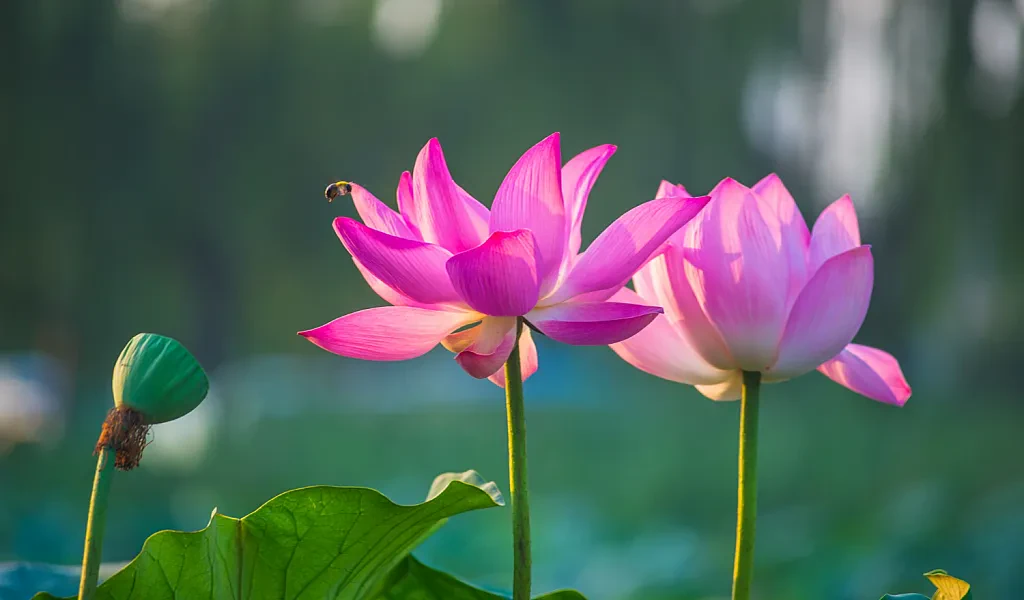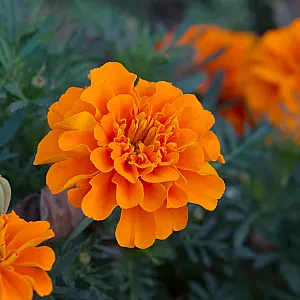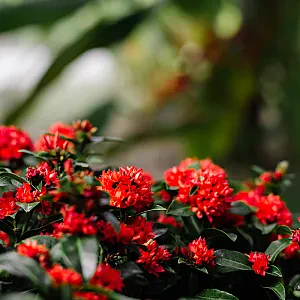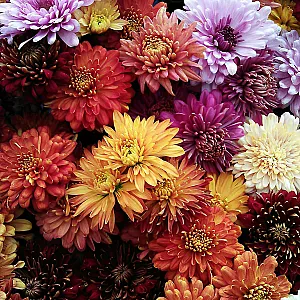Lotus flowers have been revered for their beauty and symbolism for thousands of years. In Nepali culture, the lotus is one of the most important flowers, and its significance can be seen in various aspects of daily life, including religion, art, and literature. The lotus is a fascinating flower that has a deep cultural significance and symbolism that transcends time and place.
The Growth Pattern of the Lotus Flower
The lotus flower is known for its unique growth pattern, which is unlike any other flower. It grows in muddy waters, but its beauty remains untouched by the dirt and grime around it. The lotus flower has a long stem that connects it to the roots at the bottom of the pond, and a large, round leaf that floats on the surface of the water. The flower itself emerges from the water and opens its petals to the sun.
In Nepali culture, this characteristic has been interpreted to represent the ability of the human soul to rise above the darkness and difficulties of life and achieve enlightenment. The lotus is therefore considered a symbol of purity, enlightenment, and transcendence. The lotus flower also represents the cycle of life, death, and rebirth, as it closes its petals at night and reopens them in the morning.
The Religious Significance of the Lotus Flower
One of the most significant religious uses of the lotus in Nepal is its association with Lord Buddha. According to legend, as soon as Buddha was born, he took seven steps, and a lotus flower bloomed under each step. This is why the lotus is considered a sacred flower in Buddhism, and its presence can be seen in many religious ceremonies and rituals in Nepal.
For example, it is common to see lotus flowers used as offerings at Buddhist temples and shrines throughout the country. The lotus flower is also used to decorate statues and images of Buddha, as well as other deities and bodhisattvas. The lotus flower is often depicted in the hand, on the head, or under the feet of Buddha, symbolizing his divine nature and his teachings.
The lotus flower also has different meanings depending on its color. The white lotus represents purity, wisdom, and perfection. The pink lotus represents the historical Buddha and his enlightenment. The blue lotus represents wisdom, knowledge, and intelligence. The red lotus represents love, compassion, and kindness. The purple lotus represents mysticism, spirituality, and magic.
The Artistic and Literary Significance of the Lotus Flower
Apart from its religious significance, the lotus is also used in Nepali art and literature. The delicate beauty and unique growth pattern of the flower have inspired many artists and writers to use it as a motif in their work. For example, the lotus is often depicted in traditional Nepali paintings, especially those that depict religious themes. The lotus is also a popular subject in literature, where it is used to symbolize purity, enlightenment, and rebirth.
One of the most famous examples of the use of the lotus in Nepali art and literature is the poem "Lotus" by Laxmi Prasad Devkota, one of the most celebrated poets of Nepal. The poem is a tribute to the lotus flower and its symbolism, and expresses the poet's admiration and love for the flower.
The Practical Uses of the Lotus Flower
In addition to its cultural significance, the lotus also has practical uses in Nepali society. The plant is used for its medicinal properties, and the leaves are often used as plates or bowls for food. The seeds of the lotus plant are also used in traditional Nepali medicine to treat various ailments.
The lotus plant has many parts that can be used for different purposes. The roots, stems, leaves, flowers, and seeds are all edible and nutritious. The roots and stems can be cooked as vegetables, the leaves can be used to wrap food, the flowers can be used to make tea, and the seeds can be eaten raw or roasted. The lotus plant is also rich in antioxidants, vitamins, minerals, and fiber, and can help to improve digestion, lower blood pressure, and boost immunity.
The lotus plant also has many medicinal benefits, and is used to treat a variety of conditions, such as fever, diarrhea, inflammation, skin problems, and bleeding. The lotus plant has anti-inflammatory, anti-bacterial, anti-fungal, and anti-viral properties, and can help to heal wounds, infections, and ulcers. The lotus plant can also help to calm the nerves, relieve stress, and enhance memory and concentration.
Conclusion
The lotus flower holds a special place in Nepali culture, and its significance can be seen in various aspects of daily life, including religion, art, and literature. Its symbolism of purity, enlightenment, and transcendence is deeply ingrained in the Nepali psyche, and the flower continues to inspire and captivate people to this day. Whether used in religious ceremonies, depicted in art, or used for medicinal purposes, the lotus is a symbol of the enduring beauty and resilience of Nepali culture.



-thumb.webp)



-thumb.webp)




Comments